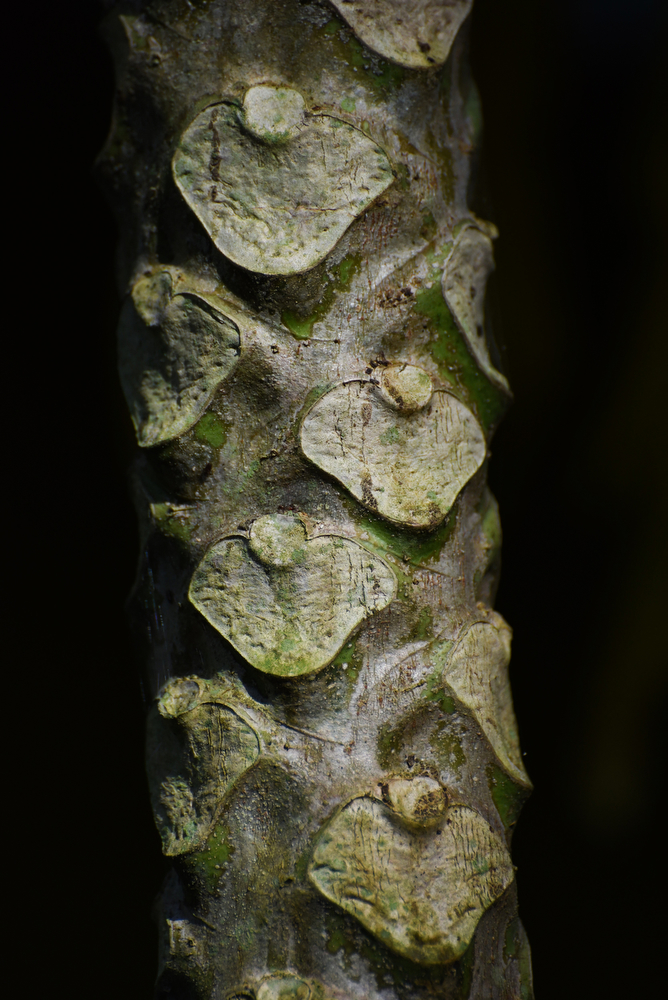
The fast-growing papaya tree is an important pioneer species in the Amazon rainforest providing food to wildlife and humans as the forest regenerates after deforestation or natural phenomena such as flooding.

A resident scarlet macaw, affectionately named Diablo, was photographed at Villa Carmen Biological Station, Pilcopata, Peru. Macaws mate for life, and while Diablo may not have found his true love yet, he could often be spotted around the research station with his companion, a blue and yellow macaw, Lorenzo.
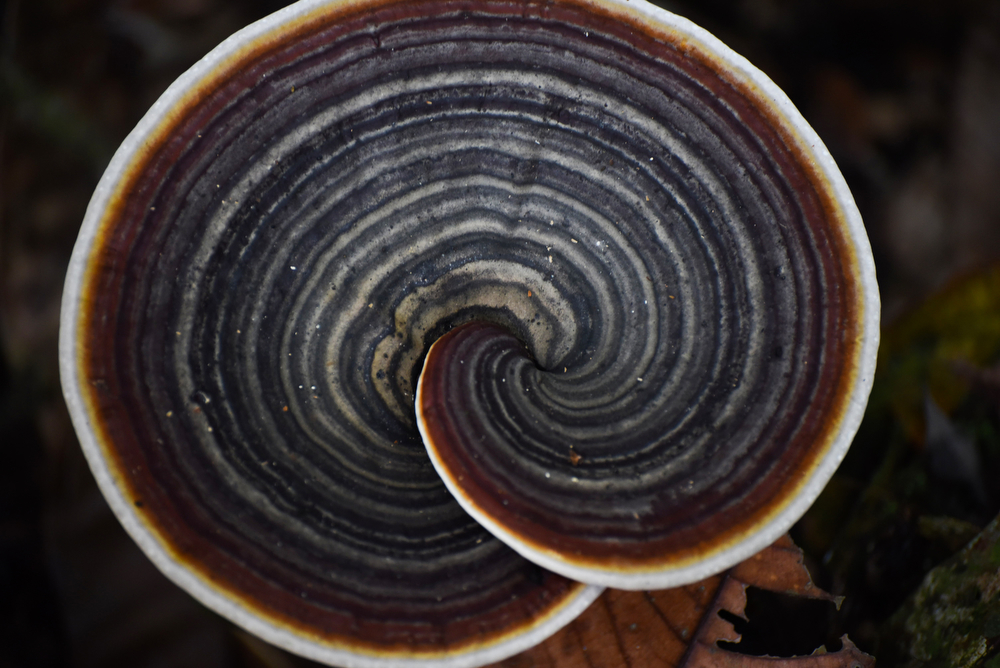
Understated but often beautiful, fungi are important decomposers in the jungle, playing a significant role in forest health. Recent studies even suggest that the spores they release may help provide a base for rain water droplets to form in the Amazon rainforest.

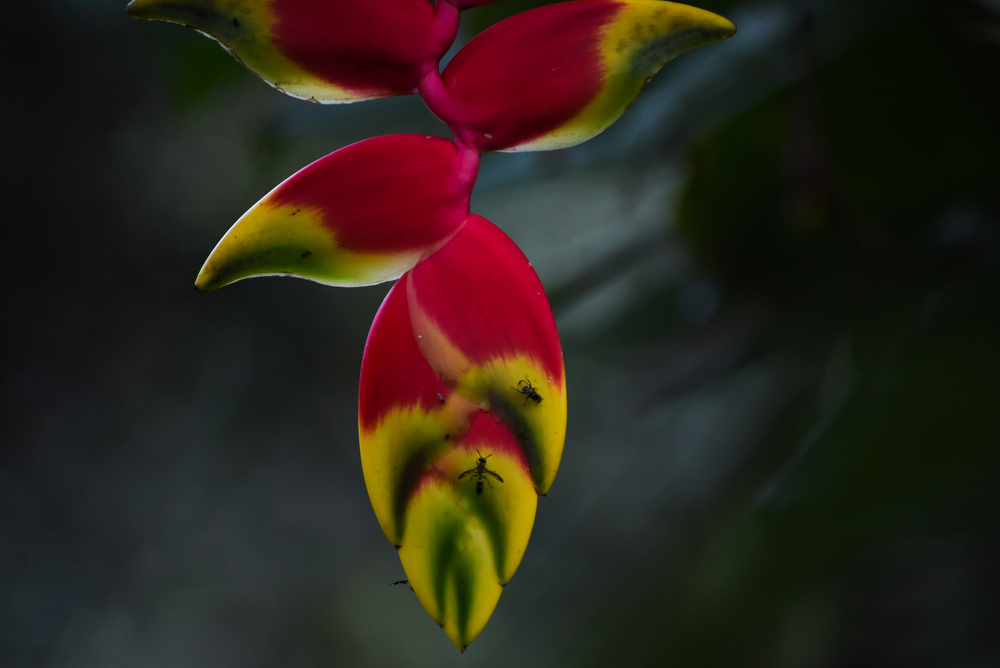
Insects cluster on a Hanging Lobster Claw plant (Heliconia rostrata) in the Peruvian Amazon. There are over 194 species of heliconia found throughout the world, with most of them native to Central and South America. Each of these resplendent species acts as its own island ecosystem in an intricate food web, providing food and shelter for an array of organisms including hummingbirds, spiders, frogs, beetles, flies, cicadas, aphids, planthoppers, wasps, bees, ants, butterflies, moths, snails, mites and parasite species.

Visual artist Maisie McNeice holds several sloth claws she discovered while hiking in the Amazon rainforest.
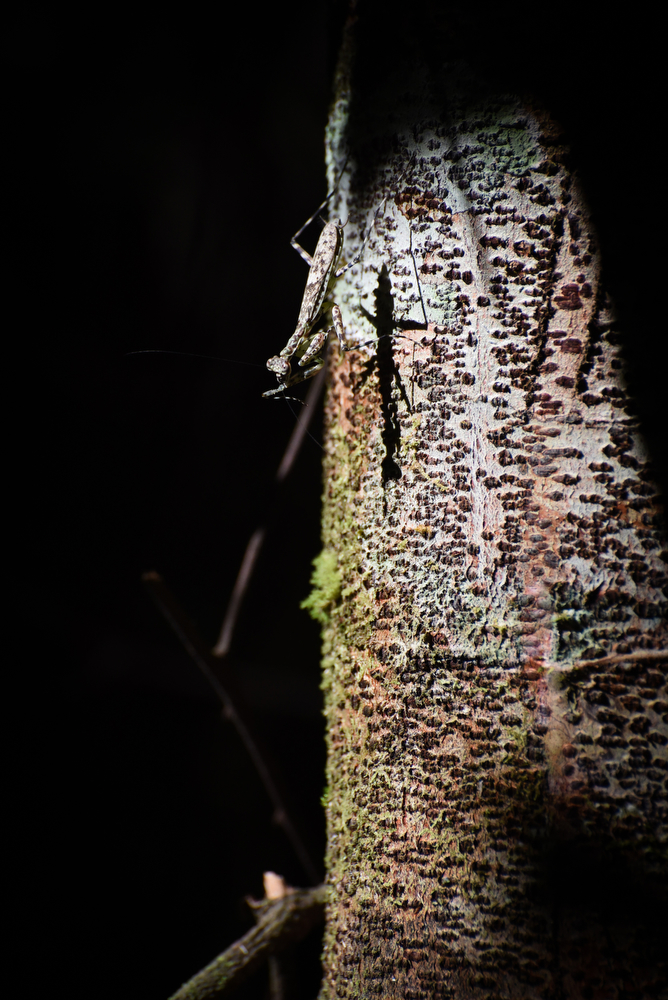
Praying mantis
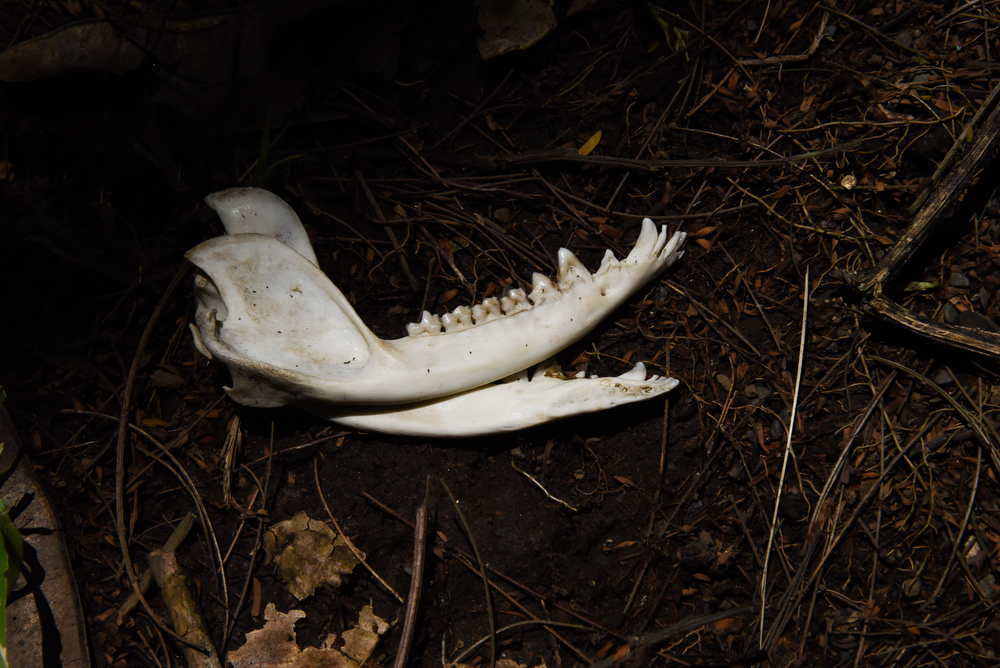
Opossum jaw bones

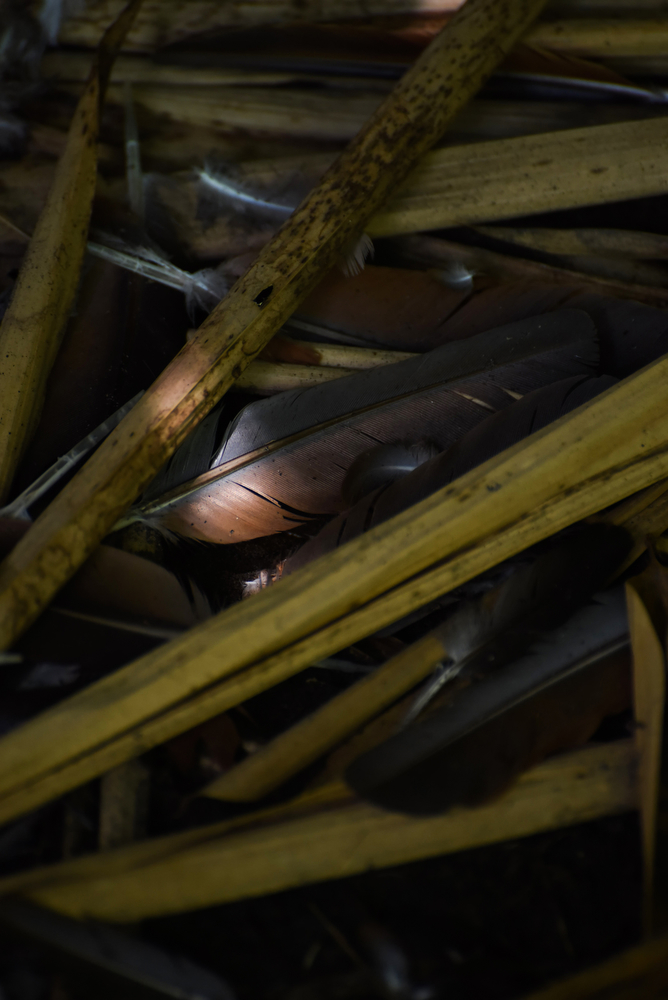
Feathers from a presumed kill (possibly tinamou).
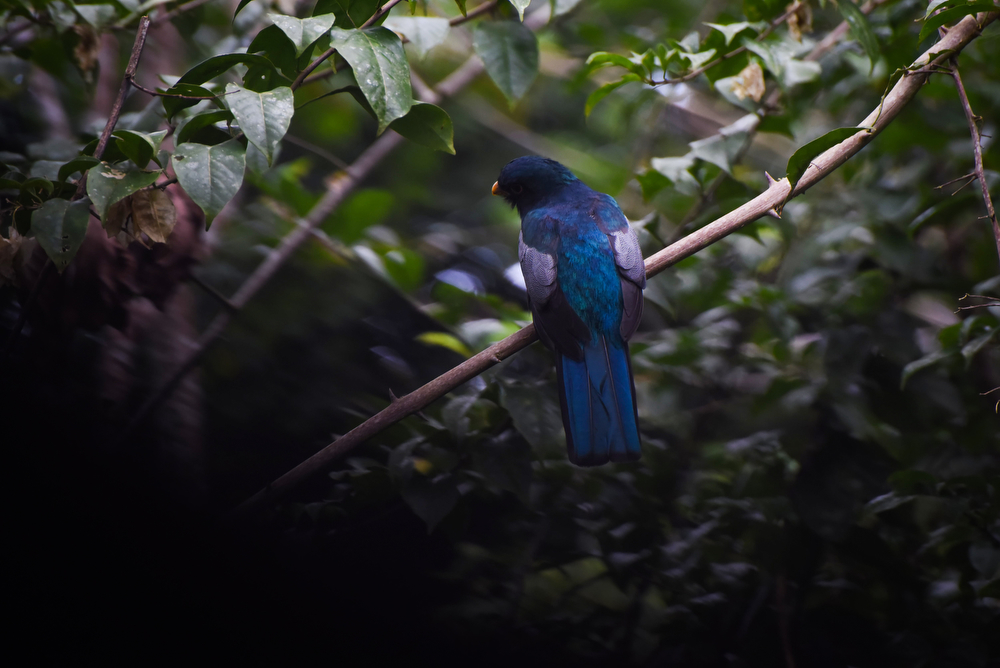
A Black-tailed trogon briefly alights a branch before disappearing back into the Amazon rainforest. Besides being renowned beauties, trogons are also known for being able to turn their heads 180 degrees and look over their shoulders while being watched. This enables them to keep their flashy colored chests out of sight from suspected predators.
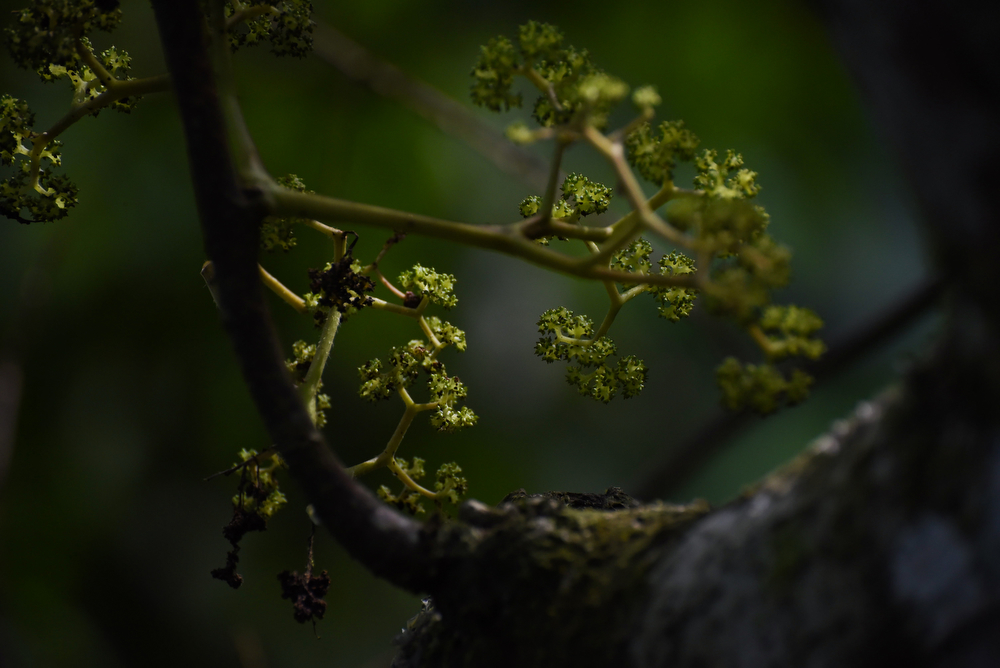


A wild guava remains on its stem after being partially eaten by an animal. Guavas are a popular and important food source for many animals and people in the Amazon rainforest. Guava seeds have even been found at Peruvian archaeological sites and may have been cultivated by humans thousands of years ago.
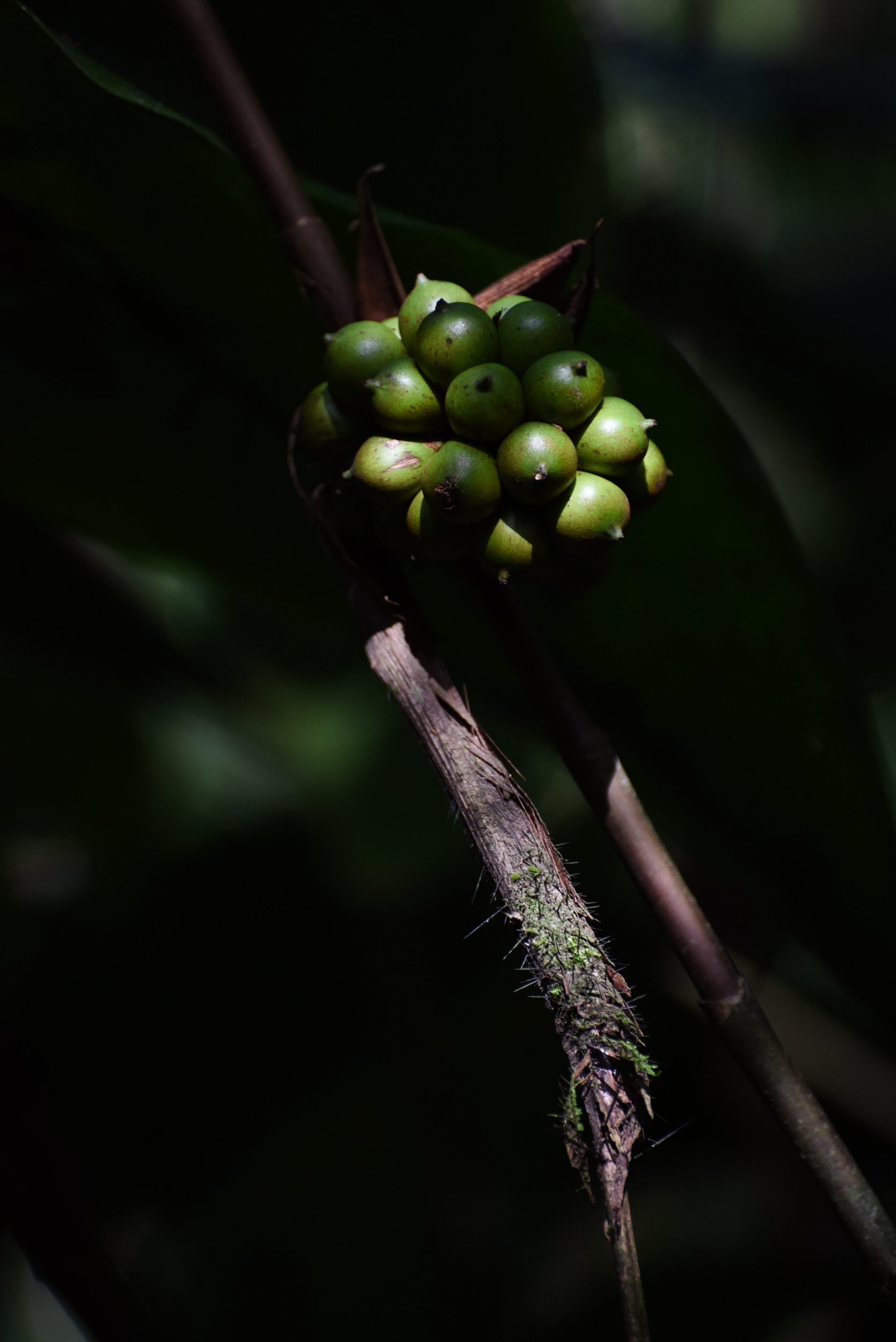
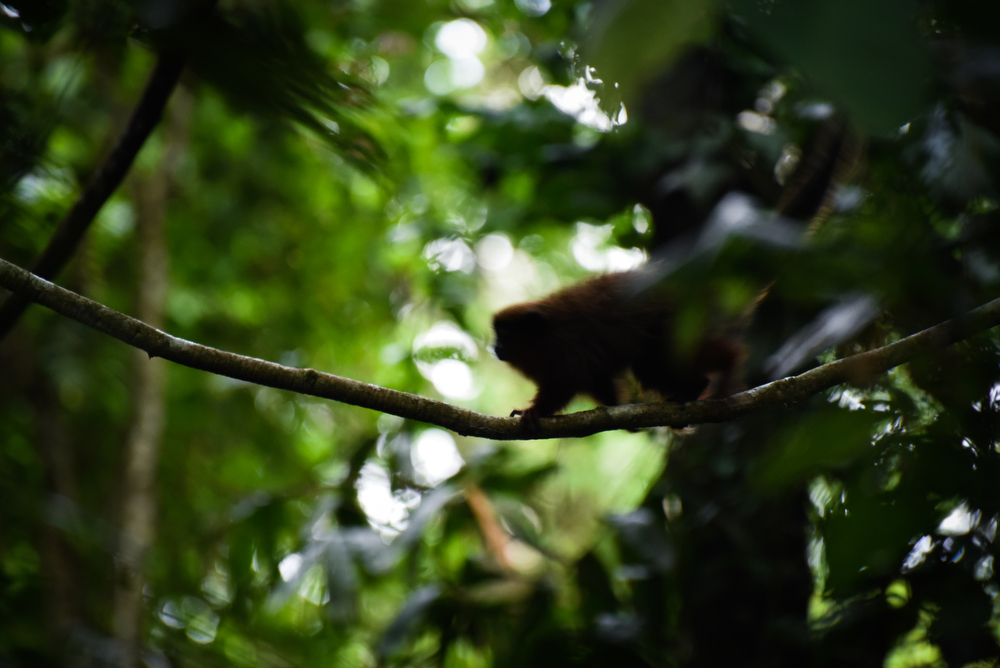
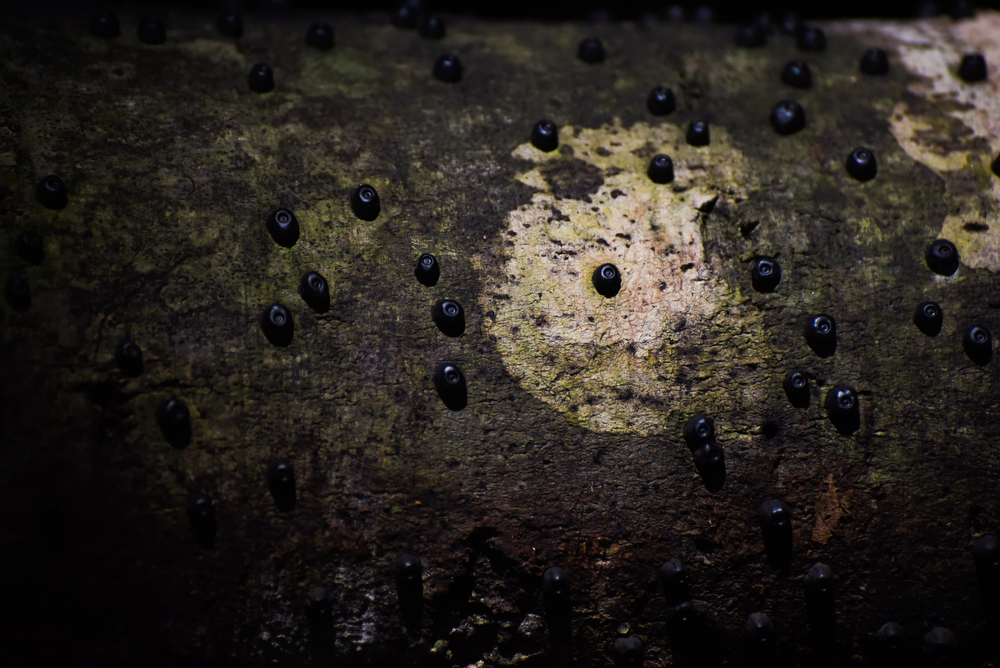

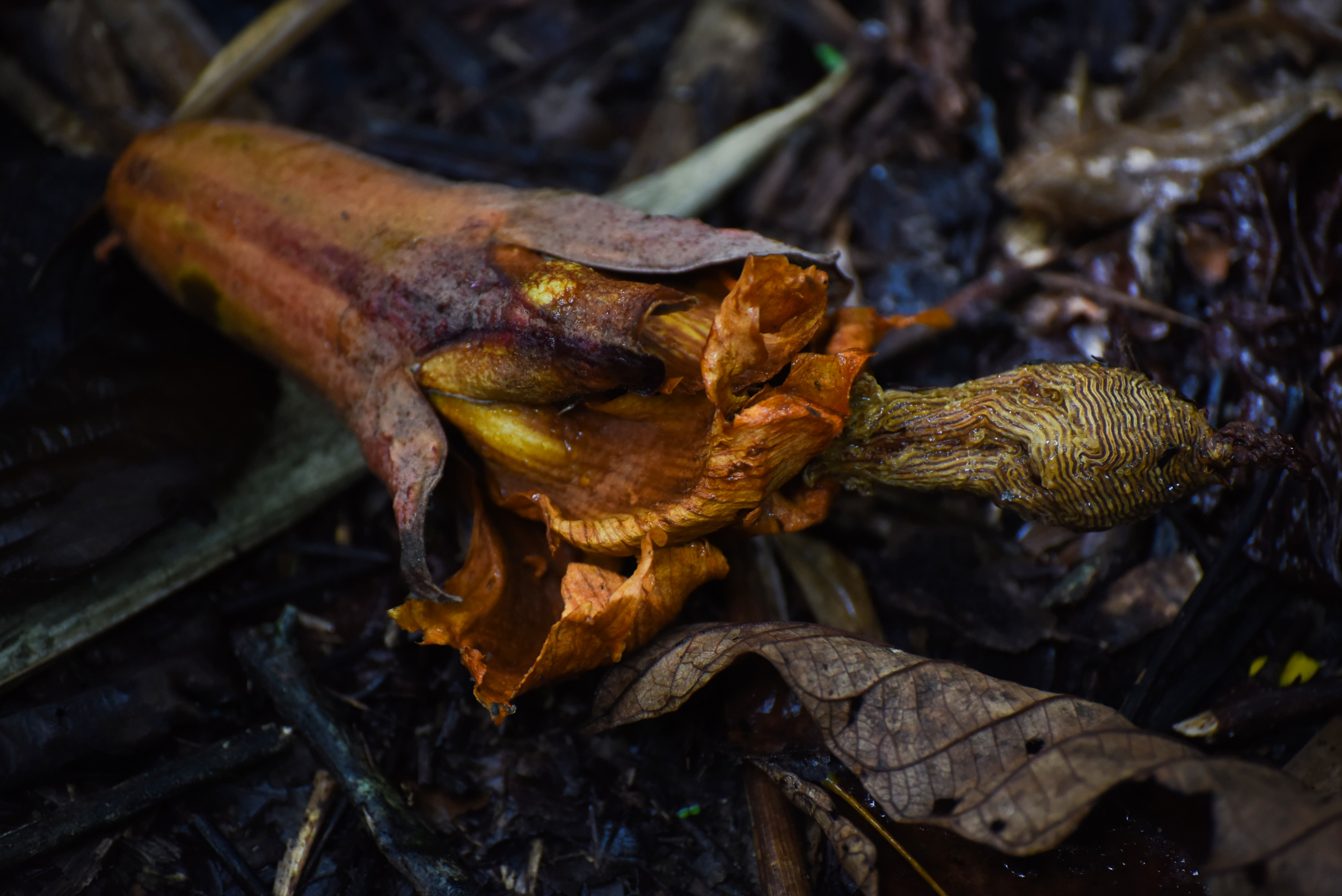
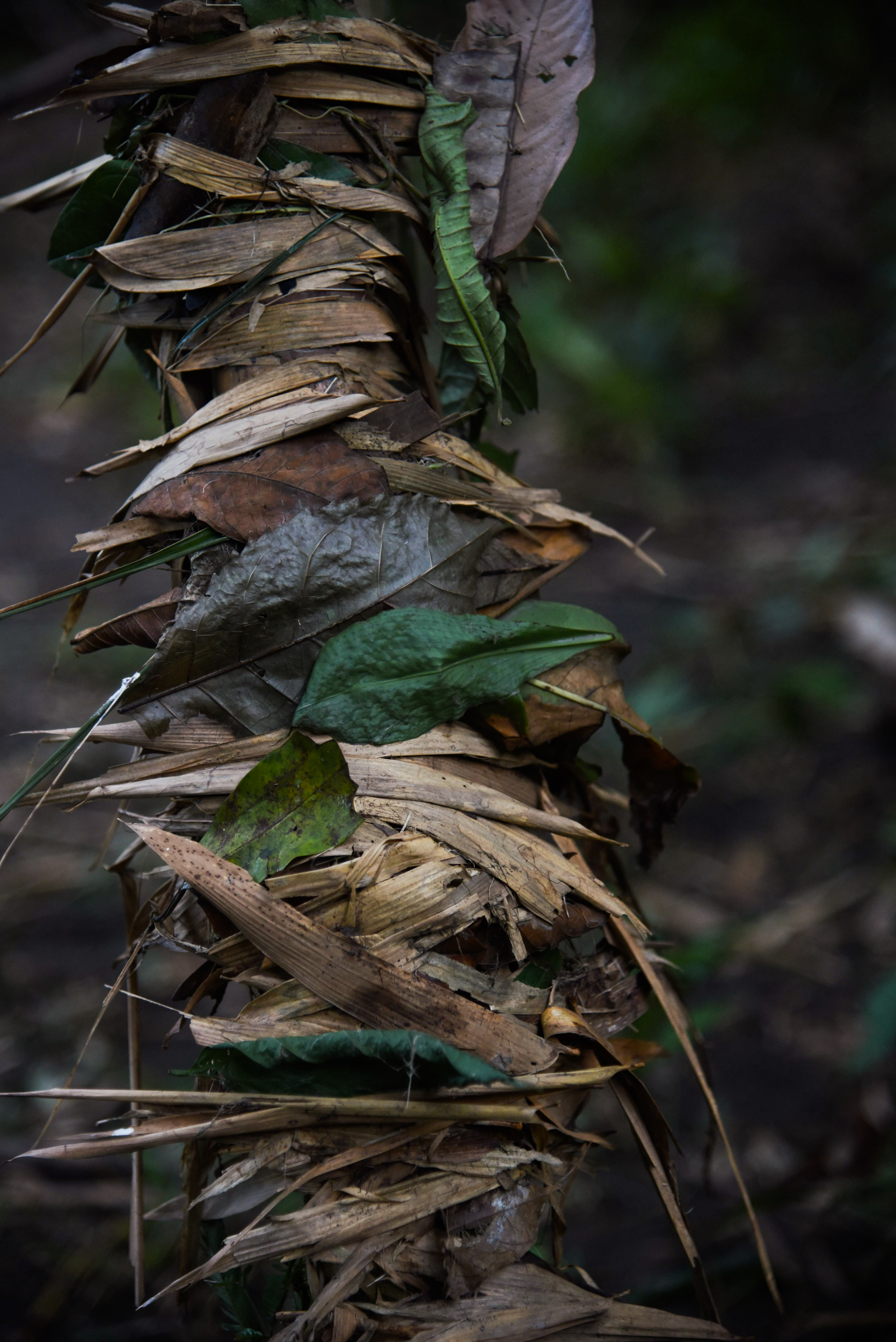


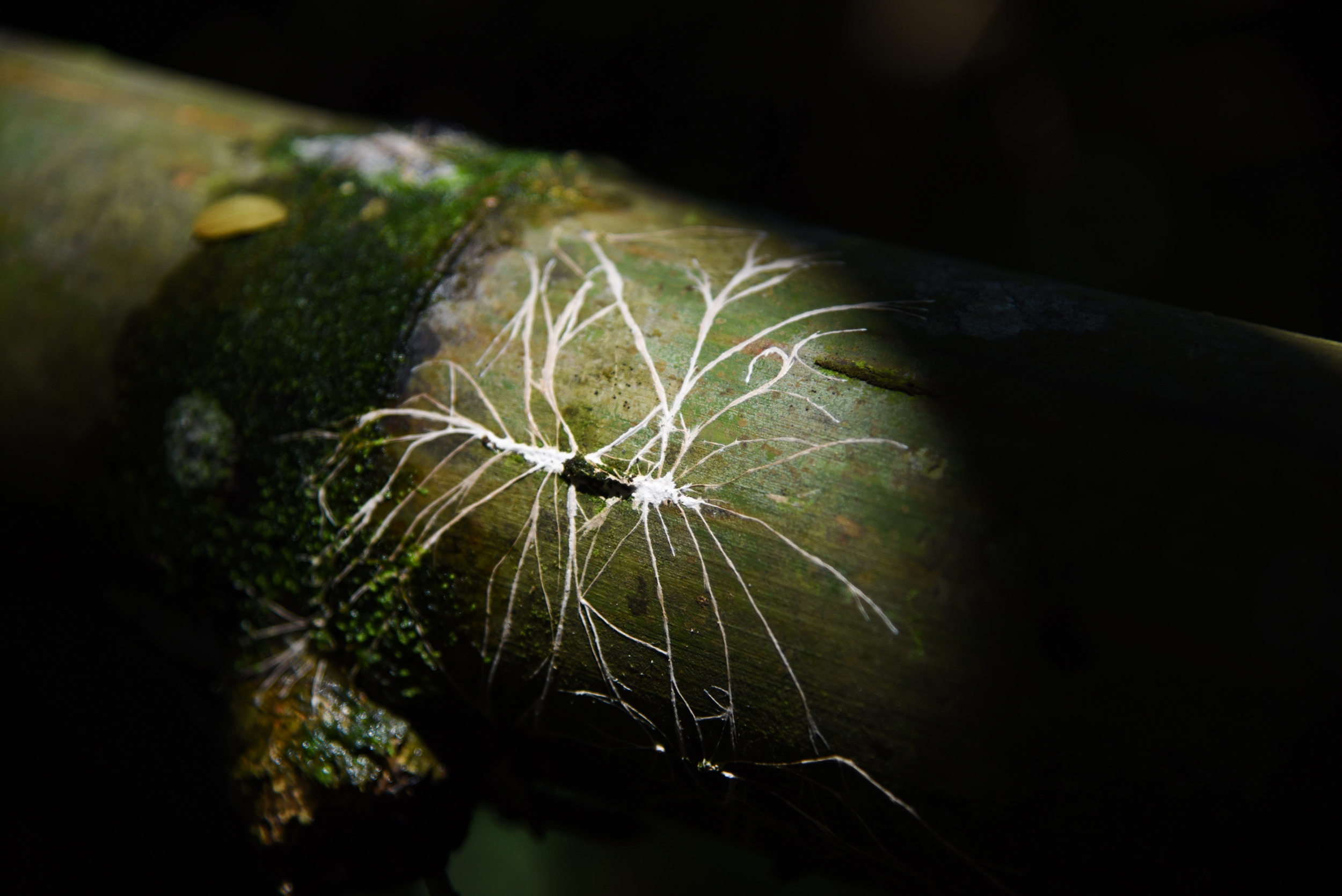























The fast-growing papaya tree is an important pioneer species in the Amazon rainforest providing food to wildlife and humans as the forest regenerates after deforestation or natural phenomena such as flooding.
A resident scarlet macaw, affectionately named Diablo, was photographed at Villa Carmen Biological Station, Pilcopata, Peru. Macaws mate for life, and while Diablo may not have found his true love yet, he could often be spotted around the research station with his companion, a blue and yellow macaw, Lorenzo.
Understated but often beautiful, fungi are important decomposers in the jungle, playing a significant role in forest health. Recent studies even suggest that the spores they release may help provide a base for rain water droplets to form in the Amazon rainforest.
Insects cluster on a Hanging Lobster Claw plant (Heliconia rostrata) in the Peruvian Amazon. There are over 194 species of heliconia found throughout the world, with most of them native to Central and South America. Each of these resplendent species acts as its own island ecosystem in an intricate food web, providing food and shelter for an array of organisms including hummingbirds, spiders, frogs, beetles, flies, cicadas, aphids, planthoppers, wasps, bees, ants, butterflies, moths, snails, mites and parasite species.
Visual artist Maisie McNeice holds several sloth claws she discovered while hiking in the Amazon rainforest.
Praying mantis
Opossum jaw bones
Feathers from a presumed kill (possibly tinamou).
A Black-tailed trogon briefly alights a branch before disappearing back into the Amazon rainforest. Besides being renowned beauties, trogons are also known for being able to turn their heads 180 degrees and look over their shoulders while being watched. This enables them to keep their flashy colored chests out of sight from suspected predators.
A wild guava remains on its stem after being partially eaten by an animal. Guavas are a popular and important food source for many animals and people in the Amazon rainforest. Guava seeds have even been found at Peruvian archaeological sites and may have been cultivated by humans thousands of years ago.